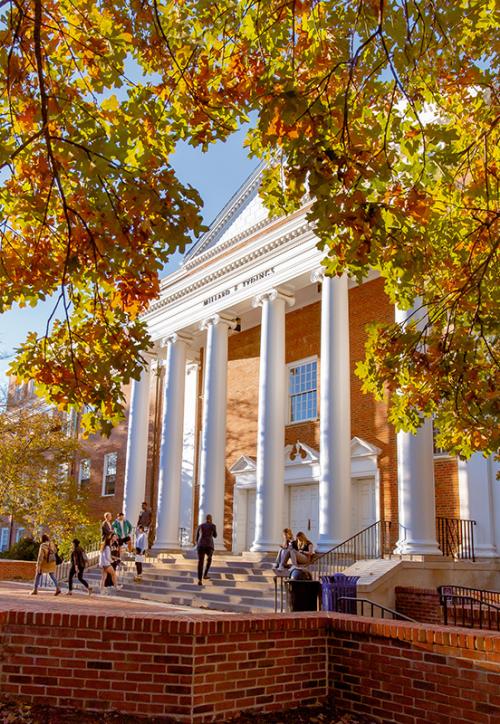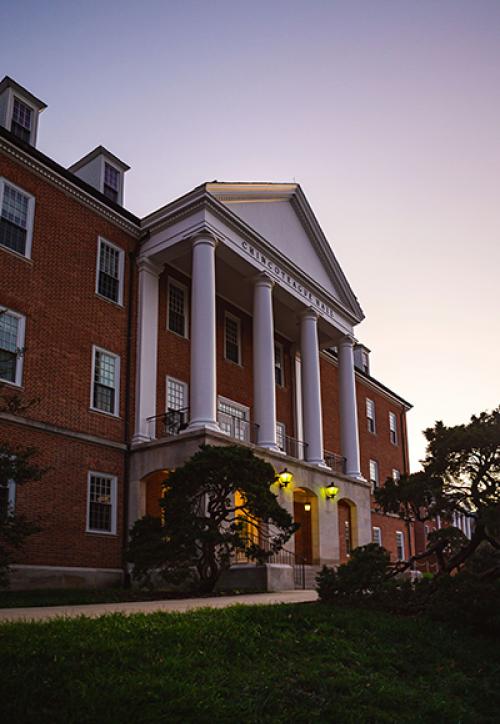D.C. History by the Forkful
Anthropology Alum’s Food Tour Dishes Out Tales From ‘Black Broadway,’ Taste of Immigrant Culinary Traditions
Bellies full of D.C.’s most famous hot dog—a half-smoke smothered in chili, to be exact—we were dutifully following our tour guide down U Street when he halted in the middle of a block.
I glanced around the alleyway: trash and recycling bins, overgrown weeds, a car or two, nothing remarkable. Scaffolding stretched between the buildings on either side of us, offering a little shade from the midday sun.
Then our guide told us why we were there. Fifty percent of D.C.’s Black population once lived in alleys like this one, he said. Originally constructed for horse and carriage storage, they ended up crowded with makeshift housing, sheltering entire communities during the late 1800s and early 1900s.
Today, the area is largely gentrified—yoga mat-toting residents who glanced curiously as they walked by made that clear—but longstanding businesses harken back to D.C.’s past. Partially obscured by the scaffolding is a mural of tropical blooms and a portrait of William and Winifred Lee, who founded Lee’s Flower Shop around the corner in 1945, thanks to a loan from the city’s only Black-owned bank. The couple then invested in other Black entrepreneurs, helping to bolster “Black Broadway,” an epicenter for African American music, culture and activism that drew the likes of jazz legend Louis Armstrong and author Zora Neale Hurston from the 1920s to 1950s.
For what was billed as a three-hour foodie excursion, it was unusually deep content. But that’s the goal of Blue Fern Travel’s Fork Tours, co-created by Stefan Woehlke M.A. ’13, Ph.D. ’21 and his wife, Mary Collins. They aim not only to fill stomachs with some of the most iconic bites in the nation’s capital, but to fill minds with its often-overlooked history.
Photo by Stephanie S. Cordle
Published on Wed, Jul 26, 2023 - 10:34AM



